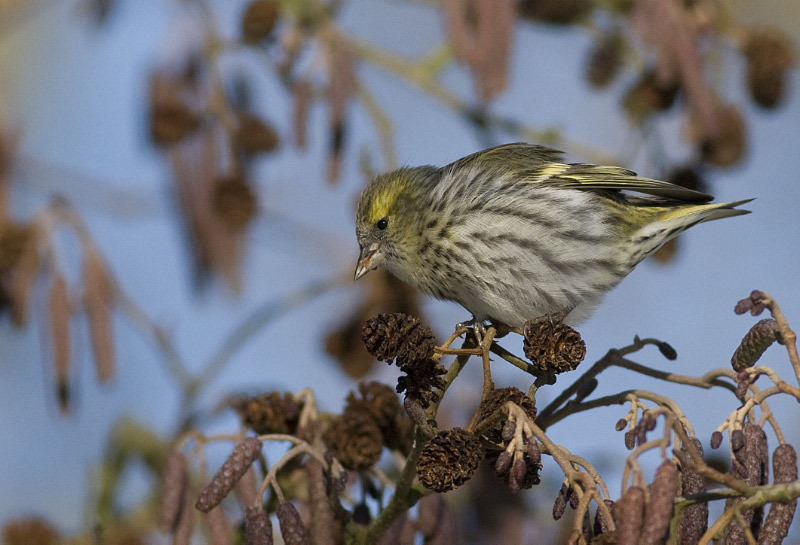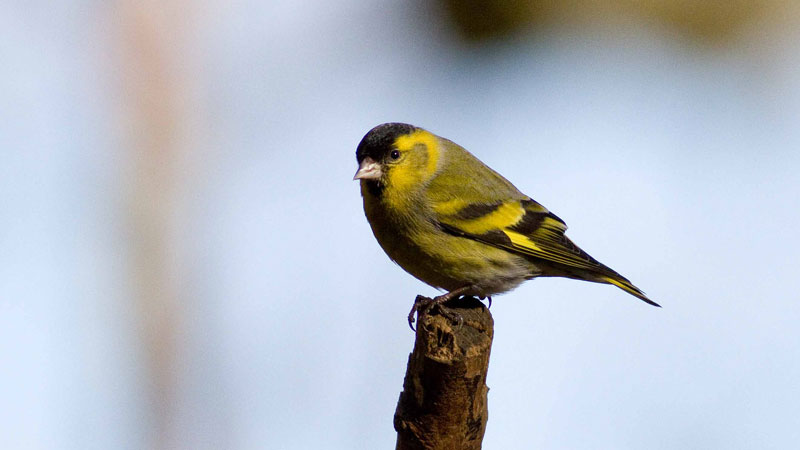Nature Note – October 2020
You may be aware of our common resident finches, namely: Chaffinch; Greenfinch; Goldfinch; Bullfinch and Linnet.
Several other species of finch breed in the UK but their habitat requirements are such that they are rare or absent as breeding birds locally. From mid-summer onwards birds start to be seen and heard in Leicestershire, occasionally in spectacular numbers.
The reasons for the fluctuation in numbers are numerous but boil down to the need to find food. Factors that can give rise to food shortages in their breeding area include: a very successful breeding season, failure of the food-crop and adverse weather.
Once birds leave their breeding grounds they tend to head south or south-west. Whether they end up in the UK and Ireland or southern Europe is again determined to some extent by the direction of the air flow during their journey.
Crossbill
As the name implies, the upper and lower mandibles of their beaks do not close as in other birds but cross like scissors. This makes it possible for them to peel and snip open pine cones to get to the pine nuts that form much of their diet. As pine nuts are quite a dry food source Crossbills need to drink more than other species. They are frequently found at favoured pools or even small puddles. Males are a bright brick red but females and young birds are grey-green.
Crossbills are one of the earliest birds to breed each year and incoming birds start being noticed as early as July. 2020 is proving to be an excellent year and there have been reports of birds seen across Leicestershire from mid -July onwards. The best places to look for them are in conifer woods and plantations although most local records are of birds flying overhead. Wakerley Woods is a traditional site favoured by Crossbills and there have been reports of a flock near the car park.
Siskin

The Siskin is widely distributed as a breeding bird in conifer woods but as with Crossbills, numbers can increase significantly from autumn onwards. Males are very bright birds with a lot of yellow and black in their plumage whereas females are more subtle with greens, greys and streaked underparts.

2020 is already promising to be a bumper year for Siskins. It was easier to go for a walk and hear Siskins overhead than to not hear any. However, not everyone can hear them well as the flight call is high pitched and relatively quiet. Watch your garden feeders closely or find a group of Alder trees and look for Siskins busily feeding on the tiny cones, often associating with Goldfinches and occasionally with Redpolls.
Fortunately it is possible to find calls on-line with a simple search e.g. Crossbill flight call. Make sure that the site is giving you a flight or contact call. The song is often quite different and you are very unlikely to hear singing birds at this time of year.
David Scott




 Mini Bus Driver Vacancy – The Kibworth School
Mini Bus Driver Vacancy – The Kibworth School

